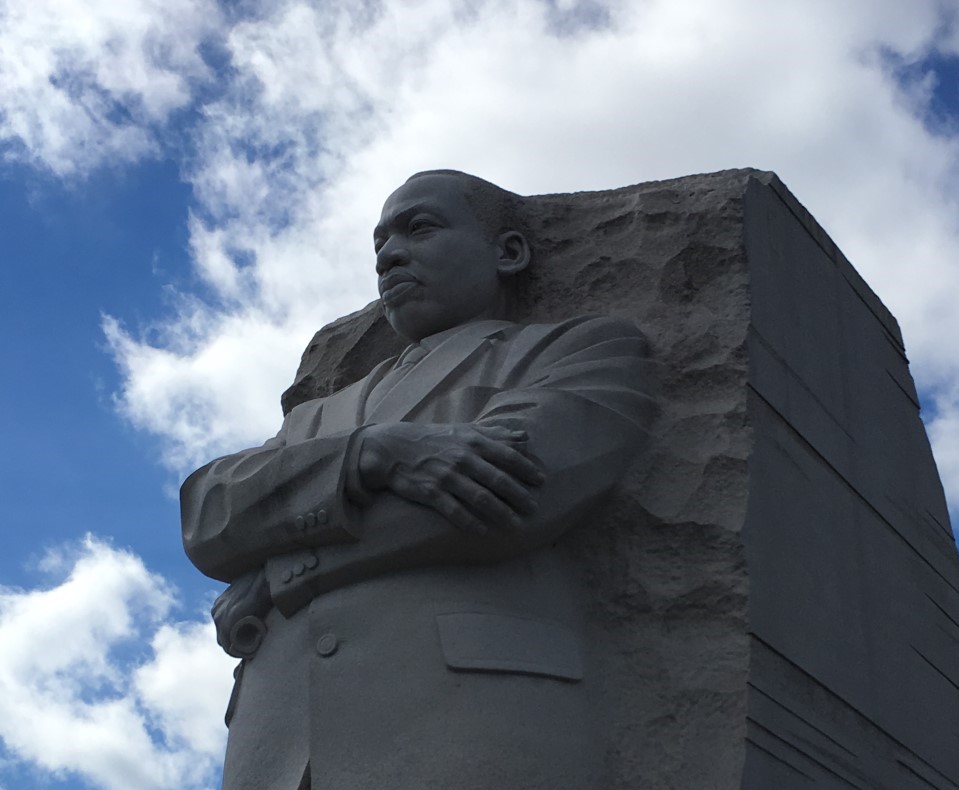Since 1976, every United States president has designated February as Black History Month and endorsed a specific theme. 2022’s theme “Black Health and Wellness” means not only celebrating contributions from African Americans, but also calling attention to the major disparities faced in health care and social services.
When it comes to disparities in maternal and infant health, the numbers are staggering.
- Locally, 19.5% of Black births were low birth weight for the city of Johnstown – highest rate in Pennsylvania – while White births resulted in 13.7 babies with low birth weight.
- On a larger scale, a 2016 Pennsylvania Department of Health Study, Black individuals saw 14.6 out of 1,000 live births end in mortality compared to White births who had 4.6 out of 1,000 live births end in infant mortality.
- Birth weight is a very important number. Any weight greater than 5.8 pounds is considered healthy. In Pennsylvania, 13.9% of Black babies born had a low birth weight while 6.9% of White babies were low birth weight.
One of the goals of 1889 Jefferson Center for Population Health’s Community Care HUB is achieving healthy birth rates in its participants through the employment of Community Health Workers (CHWs). A CHW is a frontline public health worker who meets participants in their homes to address social determinant of health needs (SDOHs) and connect them with needed medical and social services.
Nationally, Black Americans see disparities in most other medical categories as well.
According to the Centers for Disease Control and Prevention, hearth disease, cancer, and stroke are the leading cause of death for African Americans:
- About every 2 out of 5 African American adults have high blood pressure, and less than half of those individuals have it under control.
- African American adults are much more likely than White Americans to suffer from high blood pressure (hypertension), heart attacks, and stroke deaths.
- People living below the federal poverty line are more likely to have high blood pressure compared to individuals living at the highest level of income. The 2020 Census shows that at 19.5%, Black Americans have the highest poverty rate in the country.
CDC Statistics show that cancer is the second leading cause of death among Black people in the United States:
- Black men get and die from cancer at higher rates than men of other races and ethnicities.
- While White women have the highest rates of getting cancer, Black women have the highest rates of dying from cancer.
- Breast cancer deaths are decreasing quickly among white women; however, Black women have the highest death rates of all racial and ethnic groups – they are 40% more likely to die of breast cancer than White women are.
- Prostate cancer is more common in Black men and tends to start at a younger age and grow faster than in men of other racial or ethnic groups.
Obesity is also related to heart disease, stroke, and cancer. While obesity rates are high across the nation, the CDC states that Black Americans are nearly 1.5 times as likely to be obese compared to White Americans.
- From 2011-2014, the prevalence of obesity among African Americans was 48% compared to 35% in White Americans.
- African Americans eat fewer vegetables than other racial/ethnic groups but eat similar amounts of fruit as White Americans.
To achieve health equity, social determinants of health, like economic stability and access to healthy foods, need addressed. SDOHs are the conditions under which people are born, grow, live, work, and age. They have a profound impact on healthy behaviors.
By identifying SDOH needs in African Americans early and understanding there are racial barriers to health care equality, the system can be changed for the better.
Sources:
https://www.cdc.gov/healthequity/features/african-american-history/index.html
https://www.census.gov/library/publications/2021/demo/p60-273.html
https://www.health.pa.gov/Pages/default.aspx

